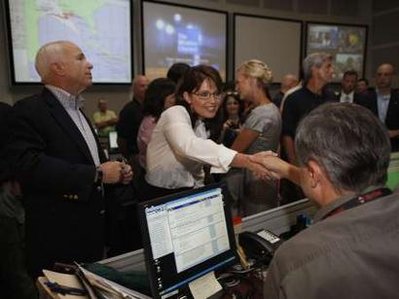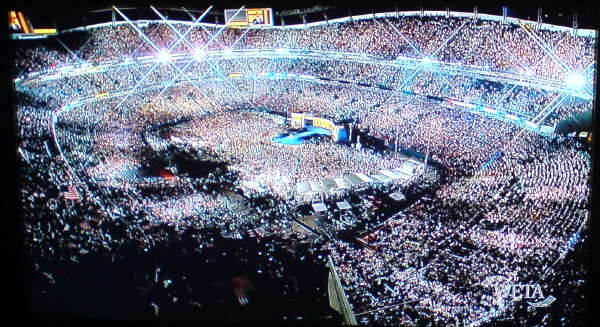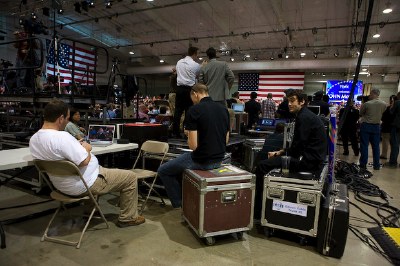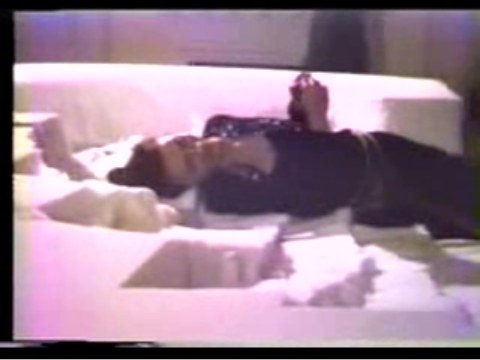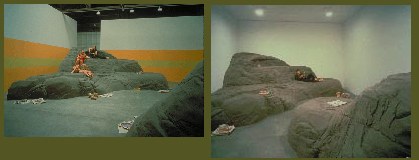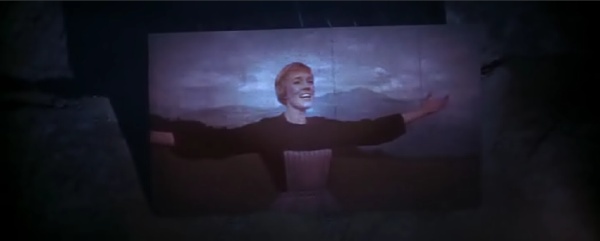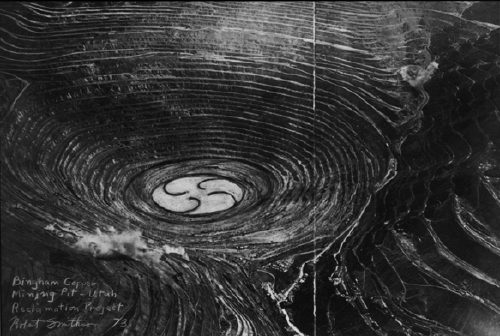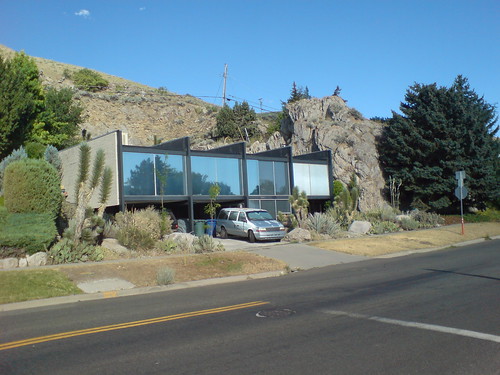I've had some intense conversations with people who wanted to know what the US presidential candidates thought about the arts, who is advising them, and what their policy statements were on the matter. Frankly, I couldn't have cared less at the time, and now that I know the answer, I can hardly think of a less significant or important issue on which to base a decision. What the two presidential candidates do and say in other realms--in fact, their entire governing philosophies and the way they would lead the country--will have exponentially greater impact on US's culture, arts, and artist communities than whatever handful of legislative bullet points they throw out in a campaign.
Which incorrectly makes it sound like both candidates have even thrown out some bullet points. John McCain's arts policy is apparently not to have one. His website doesn't mention the arts, arts education, or federal arts organizations like the National Endowment for the Arts at all. His stated education policy makes no mention of the arts at all. I have a hard time trying to imagine an issue that would matter less to McCain and his campaign, much less to a McCain administration, and when the campaign can't pull together a comprehensible policy for technology and the internet, an articulated arts policy seems unlikely to come during McCain's lifetime, even.
In place of any official position of the McCain campaign, I took a look at the GOP's 2008 Party Platform. Which turns out to be a kind of grass roots/YouTube stunt to allow everyone to write the platform together. Interactively! There are five submissions that mention the arts. One is a cutnpaste 10-point "bipartisan" position paper from Americans for the Arts.
John from Damon, TX recommends eliminating most cabinet-level government departments including the "department of veterans affairs (I think the world of our veterans, but they don't need a cabinet position), and if you need more, take out the department of engery (they haven't done anything use full to date). then turn our attention to social programs. Most should be eliminated over time. Grants to the fine arts should be eliminated NOW (including PBS)."
Two others mention liberal arts in school, and then there's Stephen from Coopersburg, PA:
I would like to see martial arts added to the standard curriculum in schools, Not only because I teach Tae Kwon Do to kids age 4 & up, (and that would be a sweet job) but because it teaches them to focus, helps them with agility, and cardiovascular training, instills self confidence, dicipline, and teaches them how to overcome obsticles & fear (as well as kick Butt if needed).
I don't see McCain's folks improving significantly on these proposals, frankly. I think they should just go with these.
As reported on Artsjournal, Barack Obama does have an arts policy, freshly drafted by a 33-person arts advisory committee. The policy, grandly titled "A Platform In Support Of The Arts," [pdf] closely mirrors the issues championed by the Arts Action Fund, an advocacy group and PAC associated with Americans for the Arts that's hosting the document. It's a tiny bundle of noncommittal platitudes and proposals ["reinvest in arts education," create an inner city "artists corps"], expressions of support for existing programs [public/private school partnerships, the NEA], general campaign issues that impact the arts world [universal health care, US stops acting like a total dick to rest of world], and a tax code tweak proposed by Senator Leahy that lets artists donate works to museums at fair market value. That's it. You feeling the Obamamentum yet?
The advisory committee, too, seems as slight as the platform they propose. It's headed by the veteran producer/director George Stevens Jr., whose name you might recognize because he was an uncredited PA on two of his father's landmark films, Giant and Shane. His own work tends toward the Kennedy Center Presents programs, celebrations of what passes for culture in Washington, DC. The other co-chair is Margo Lion, the Broadway producer behind Hairspray. Then there's Michael Chabon, and a raft of arts industrial complex types: foundation directors, a few philanthropist/trustees, arts council and university folks. Despite the prominence of the artist tax deduction--it's the only legislation in the proposal--there doesn't appear to be a single person affiliated with a museum or associated with fine art.
update: poking around Americans for the Arts' website, I found ArtsVote 2008, an attempt to raise awareness during the presidential campaign and conventions for the arts industrial complex. There's a page with links to policy statements by all the candidates. All the candidates who responded and submitted them, anyway. Which is to say Obama has three statements. McCain, none. Also, John Baldessari made a poster.
